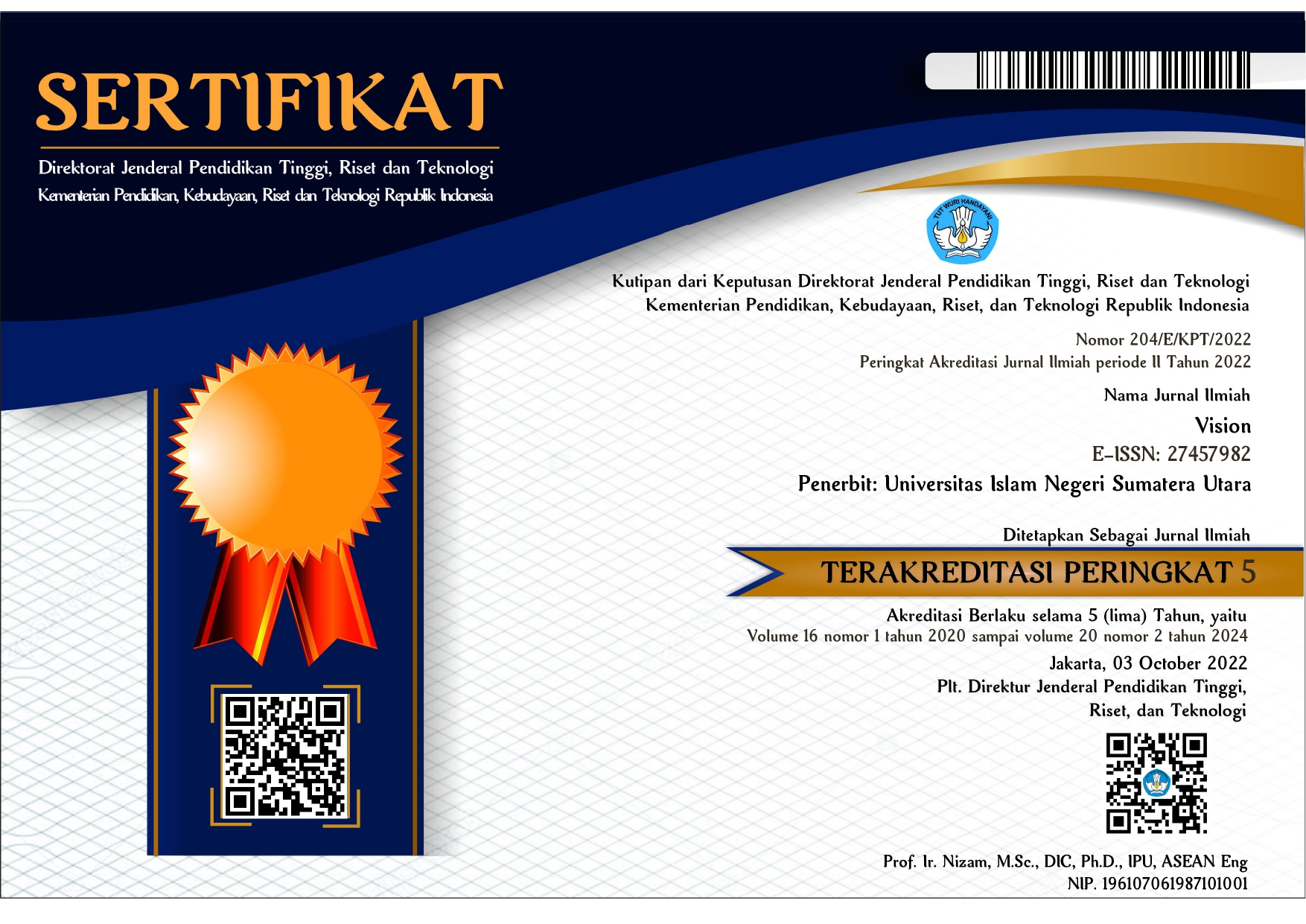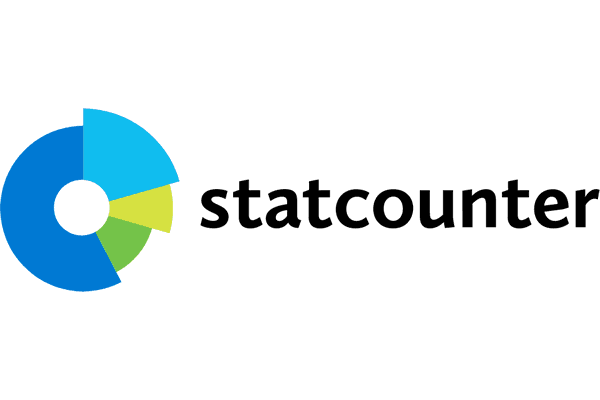AN ANALYSIS OF STUDENTS’ PERCEPTIONS ON THE MOST EFFICIENT ONLINE APPLICATION FOR ENGLISH ONLINE LEARNING
Abstract
Full Text:
PDFReferences
Bates, A. W., Harrington, R., Gilmore, D., & van Soest, C. (1992). Compressed video and video-conferencing in open and distance learning: A guide to current developments. Unpublished manuscript, The Open Learning Agency, Burnaby, BC.
Kaler, C. B. (2012). A model of successful adaptation to online learning for college‐bound Native American high school students. Multicultural Education & Technology Journal.
Miles, M. B., & Huberman, A. M. (1984). Qualitative data analysis: A sourcebook of new methods. In Qualitative data analysis: a sourcebook of new methods (pp. 263-263).
Ngalomba, S. (2020). Using WhatsApp to enhance online learning. University World News: Africa Edition.
Oliver, E. L. (1994). Video tools for distance education. Distance education strategies and tools, 165-173.
Purwanto, A., Pramono, R., Asbari, M., Hyun, C. C., Wijayanti, L. M., &
Putri, R. S. (2020). Studi eksploratif dampak pandemi COVID-19 terhadap proses pembelajaran online di sekolah dasar. EduPsyCouns: Journal of Education, Psychology and Counseling, 2(1), 1-12.
RI, K. (2020). Pedoman Kesiapsiagaan Menghadapi Corona virus Disease (COVID-19). Direkorat Jenderal Pencegahan Dan Pengendalian Penyakit.
Wilen-Daugenti, T. (2009). edu: Technology and learning environments in higher education. Peter Lang.
DOI: http://dx.doi.org/10.30829/vis.v17i2.1153
Refbacks
- There are currently no refbacks.
Copyright (c) 2021 VISION
















